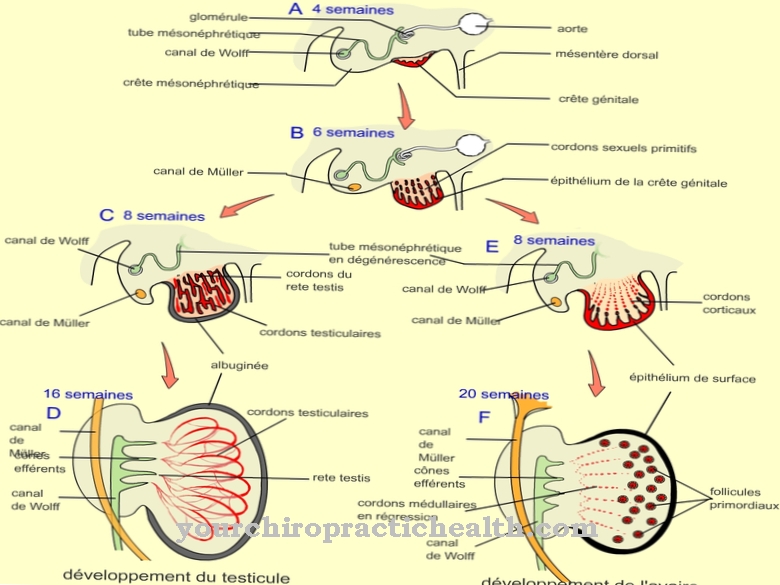As Port catheter (or port) refers to permanent access to the arterial or venous blood circulation or, more rarely, to the abdominal cavity.
What is the port catheter?

A port catheter is a catheter system that is implanted into the subcutaneous fatty tissue. The port can be punctured from the outside and provides permanent access to the vascular system. In this way, infusions (for example blood transfusions, parenteral nutrition, chemotherapeutic agents) can be administered gently and without straining the veins. It is also possible to administer medication intravenously with the help of a port.
Function, effect & goals
A port catheter comprises a chamber with a silicone membrane and a tube that can be connected. The chamber is made of either stainless steel, plastic, ceramic or titanium. A port catheter is inserted with the help of a surgical procedure, then a cannula is pierced through the membrane to create access to the bloodstream.
A medication or an infusion can now be fed into the bloodstream through the opening in the cannula. A port catheter is mainly used for the treatment of oncological diseases; it is also used for diseases that require frequent arterial or venous access. Sometimes medication cannot be administered due to anatomical conditions that make the use of a port catheter seem necessary. However, blood can also be taken or blood and blood products administered via a port. Since the port catheter is inserted under the skin, patients can maintain their freedom of movement and carry out their usual activities.
A port usually lasts up to five years or more. However, use of the catheter for more than five years should be discussed with the attending physician. When therapy is over, the port usually remains in place for two years, but must be flushed every twelve weeks. It is then removed, the procedure being similar to that for implantation. The most commonly used technique is access via the cephalic vein. Under local anesthesia, the surgeon makes an incision on the front of the chest wall. From there he opens the cephalic vein and inserts the catheter. The port chamber is then placed in the subcutaneous fatty tissue. Another possibility is to puncture the subclavian vein or the internal jugular vein and insert the catheter.
The port chamber can then be placed near the puncture site. The doctor then pulls the catheter through to the skin pocket, this tunneling being an infection barrier. In all techniques, the catheter is checked radiologically, shortened to the desired length and then connected to the port chamber. The port chamber is then sewn on and the incision closed. Infusion solutions or medication can now be administered repeatedly. After the implantation, the port is visible as a small elevation and can be felt with the fingers.
The environment can be sensitive for a few more days, the surgical wound heals, but the irritation also disappears. Before removing the sutures, the wound should not come into contact with water. If severe pain, fever or bleeding occurs, it is necessary to contact a doctor. The port cannula is punctured so that infusions can be administered. This puncture requires very careful and concentrated work, otherwise complications can arise. The most important steps for this are:
- Providing the required materials
- Hand disinfection
- flat positioning of the patient
- Palpation and disinfection of the puncture site
- Use of sterile disposable gloves
- Applying a perforated cloth
- Use of a sterile port cannula and sterile accessories
- Detoxification of the port cannula
- Fixation of the port housing
- Insertion of the needle into the membrane
- Check permeability
- sterile bandage
Only special cannulas (e.g. Huber needles, gripper needles) are used to puncture the port so that the membrane can close again and the administered medication cannot escape. With a port, patients can also do sports and swim. In addition to the venous port, other port systems can also be used. This includes:
- Arterial port systems: These are used for regional chemotherapy, whereby the technology corresponds to the venous systems.
- Intrathecal port systems: These are used to deliver painkillers.
- Peritoneal port systems: This is understood to be an access to the abdominal cavity in order to be able to administer chemotherapy drugs.
After the insertion, the patients usually also receive a port pass with important information for nursing services or doctors who perform follow-up treatment. In addition, all treatments are noted in a patient diary.
Risks, side effects & dangers
Possible complications can be a thrombosis, a hemothorax, a pneumothorax, hemorrhage or infections. The most common complication is a systemic infection due to germs or an infection of the port. In many cases the port must then be explanted. In addition, the catheter can break, which is referred to in the specialist literature as what is known as "pinch-off".
If the catheter is severed in this context, there is a possibility that the catheter fragment will migrate further. Catheters can also clog due to deposits on the inner wall or in the port chamber. One reason for this are infusions with nutritional solutions. Port catheters therefore place very high demands on careful work and hygiene. A port should only be pierced by trained personnel.



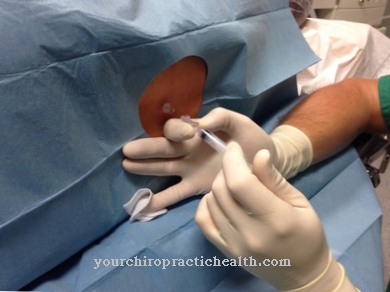

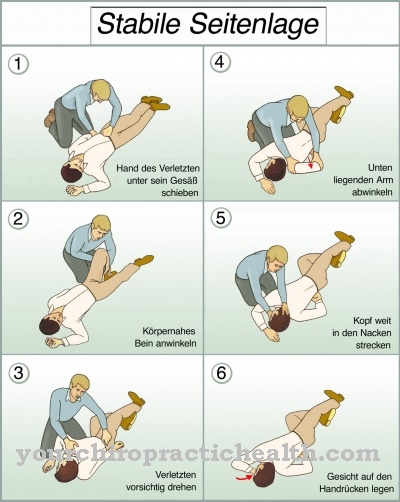



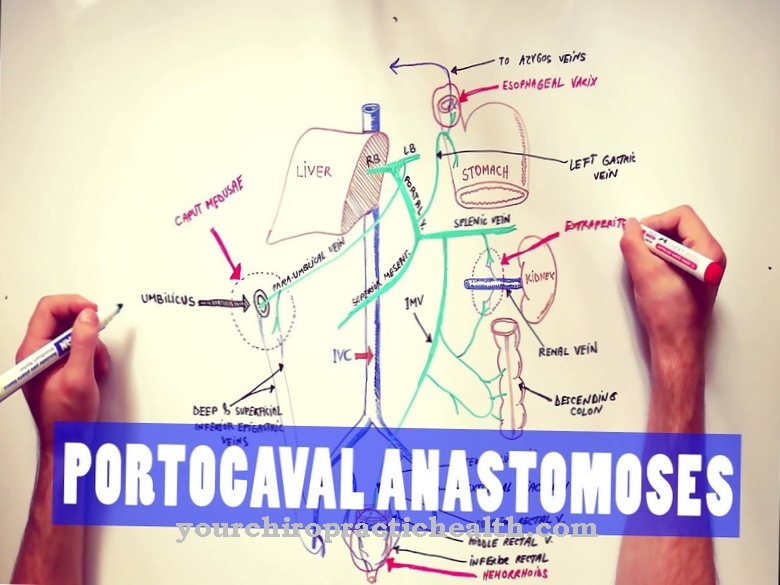


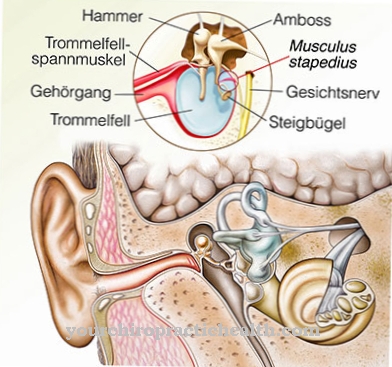


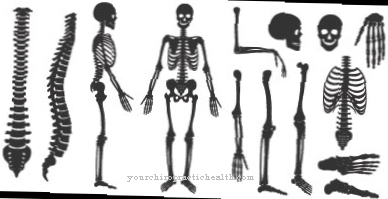



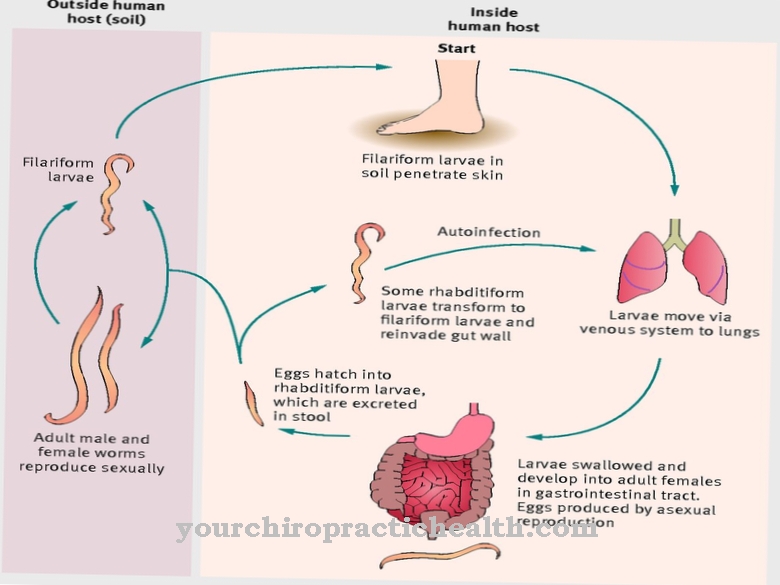



.jpg)

.jpg)
